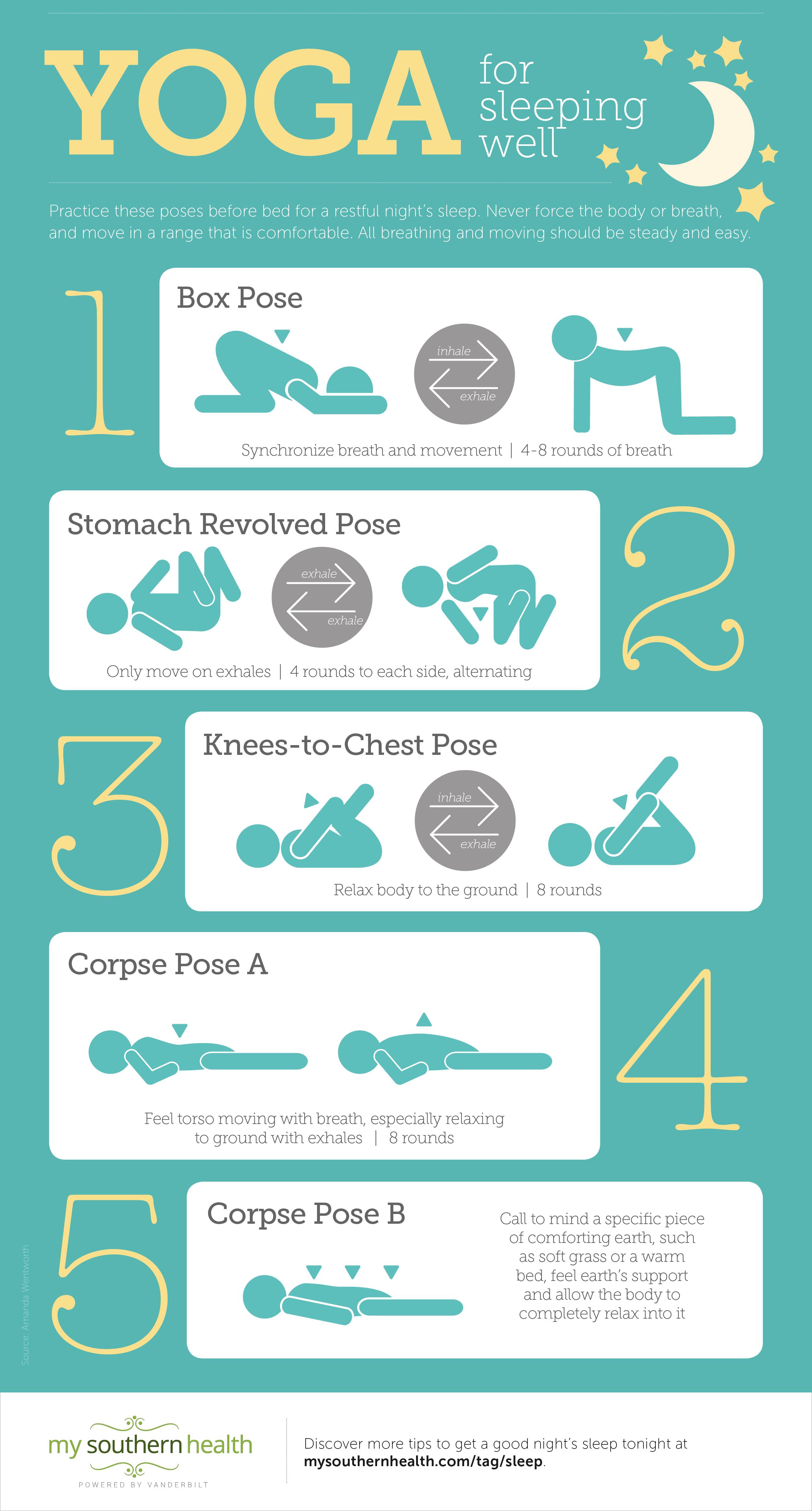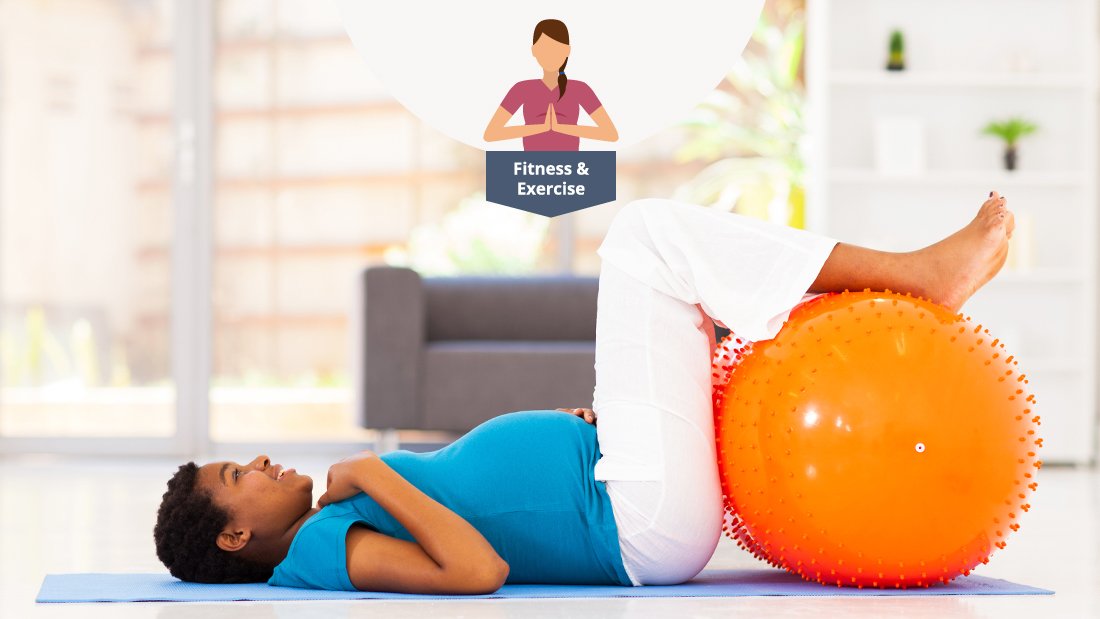
Yoga can cause musculoskeletal injuries in many people. Although wrist-weighted positions pose a high chance of injury, there is some way to reduce this risk. Incorrect wrist alignment can result in sprains and even breaks. The wrist and fingers should be evenly distributed during these exercises. Avoid these injuries by using safe postures and adhering to instructions.
Researchers report an increasing number of injuries in yoga. Injuries have increased from 13 to 20 in 2000, to eight to 46 in 2002. However, the survey used by the Consumer Product Safety Commission relies on sampling and does not give the full picture. A small number of yoga injury victims go to emergency rooms. Most seek treatment from family doctors, chiropractors, or massage therapists. While yoga is a great way to prevent injury, it's important to recognize the limitations in research.
Poor alignment can lead to injuries in yoga. If you're not able to align yourself properly, you may be placing yourself at risk of an injury. The risk of injury is reduced by having a proper alignment while doing yoga. In addition, you should make sure that your teacher has proper training in biomechanics. A safe and effective class requires the use of correct body mechanics. If your instructor does not know the right technique, you're at risk of developing an injury.

Rotator cuff, shoulder muscles and wrist muscles are especially vulnerable to injury. Rotator cuff injuries can also be caused by binds between the wrists and hands when performing a specific pose. Sun salutations are a series involving poses that put the body's burden on the upper extremity. They are often associated with impingement of your rotator. These positions are especially dangerous when repeated and repetitive forward bending is used, stretching and overusing the hamstrings.
There are many common injuries that yoga can cause. The most common injuries in yoga are joint and muscle problems. These problems aren't life-threatening and are usually mild. Yoga poses can help you to manage your condition if it is already severe. Overexertion can lead to damage to the shoulder muscles and rotator wrist. Overexertion can cause damage to the shoulder and rotator muscles.
Even though you should avoid any potentially dangerous poses in yoga, there are certain injuries that may occur. The most common one is text neck. It's caused by too long use of a phone. It is possible to injure your neck muscles by avoiding certain positions. The more you practice, you will see the benefits. Although injuries to yoga can be caused by many factors, most of them are avoidable.
A common yoga injury is the low back. Low back injuries can occur when the joints are too bent or curled. Those who have had previous injuries can suffer from this condition by performing certain poses without proper alignment. Overworking the shoulder can cause injury to yoga. The upper extremities may be affected by injuries to the clavicle or humerus as well as the scapula.

Incorrect technique is the most common cause of yoga injuries. An injury can be caused by overtraining your neck, hips, or other joints. An orthopedist can recommend you listen to what your body is telling you and that you stop taking on excessively strenuous postures. Doing too much can strain the neck. It takes time to heal a neck injury, so avoid doing more intense yoga exercises. This will help to prevent any complications.
Although yoga-related injuries are rare, it is important that you know that some postures can cause pain. Fortunately, these types of injuries do not happen frequently. These types injuries are usually caused repetitive stress or overstretching. Injuries in yoga are most common when performed incorrectly or without proper warming up. Yoga poses can cause injuries if the practitioner doesn't know what the risks are.
FAQ
Do Men Need A Gym Membership?
For men, a gym membership is not required. However, your money will be more valuable if you join a gym.
Many gyms offer free trial memberships so you can try the facilities out before paying for anything.
You can use the gym whenever you like, and it won't cost anything. Your membership can be cancelled at any time you choose to love it or not.
Is Cardio Better Than Strength Training?
Both are equally effective. Cardio is better if you are looking to build muscle faster.
Cardio burns a lot more calories per minute that strength training and is more effective at burning fat.
Strength training helps build muscle mass. But it takes longer than cardio to accomplish this goal.
Are there any benefits to practicing yoga?
Yoga has existed since ancient times. It has only recently been more popular. Celebrities, as well as everyday people who are looking to stay fit and healthy, have made yoga a hugely popular choice.
Yoga is great because it stretches your muscles while strengthening them. Yoga is also great for calmening your mind and relaxing.
The primary difference between yoga and other forms is the focus on breathing techniques in yoga.
For balance and flexibility, there are many poses you can do.
What is a good 7-day workout schedule?
A seven-day exercise program should consist of three days per week of cardiovascular training (running, biking, swimming), two strength exercises (using free weights, weight machines), and one flexibility/core workout (yoga, Pilates). It's essential to do each activity at least once a week. Each session should not last more than 45 minutes.
Cardiovascular Exercises: Swimming, Cycling, Running
The goal is to get in at least 60 minutes of cardio activities per week. Aim for 75 minutes per week to get the best results. Cardio exercises can help improve blood flow and stimulate muscle growth.
Strength Training
Cardio exercises work on the heart and lungs. Strength training works on the muscles and bones. Strength training increases lean muscle mass and helps to burn calories even at rest.
Flexibility & Core Workouts
You can strengthen your entire body by strengthening flexibility and core exercises. Both yoga or Pilates are great options.
How fast can my body be transformed?
It all starts by changing your mindset. It is important to first make the decision to change.
After you have made the decision to change, you should commit to working towards your fitness goals for at minimum 3 months.
Then, find a program to fit your life.
Realistic expectations are also important. If you are unwilling to put in the time and effort necessary to achieve your goal, don't waste your money on a gym membership.
Instead, make use of your time outdoors.
You can lose 1 lb if you walk around the block for one hour each day.
Now that you have an idea of what you want, start planning how to arrange your life to follow this plan.
This includes making sure that you schedule a time to work out every morning before leaving for work and take breaks throughout the day to move.
Finally, you should reward yourself when you reach milestones. You can buy accessories and clothes that reflect your success.
Statistics
- An estimated calorie range for moderately active adult males falls between 2,200 to 2,800 calories per day, depending on age. (eatright.org)
- According to the American Academy of Dermatology (AAD), men over 50 are at a heightened risk of developing it. (healthline.com)
- Candidates and applicants must pass all four tests at 70% (minimum level) to graduate from Basic Deputy U.S. Marshal (BDUSM) Training. (usmarshals.gov)
- 10 pounds in a month is likely during a lean bulking phase, especially for beginners. (muscleandstrength.com)
- By John Thompson Take a whopping 38% off a set of PowerBlock Pros. (menshealth.com)
External Links
How To
How do I lose fat by exercising?
Exercise burns calories through increased metabolism and oxygen consumption.
If you exercise with moderate intensity, you can safely lose weight.
These are the top tips for burning fat while you exercise.
-
Do cardio exercises such as walking, swimming, jogging, cycling, running, or elliptical training.
-
Exercise for 30 minutes three times per week.
-
Strength training is a great way to lose weight.
-
Avoid intense workouts. You can build muscle without having to lose muscle tissue.
-
Drink plenty of water during exercise. Water helps to flush out toxins from the body and maintains proper hydration.
-
After exercising, consume low-fat protein smoothies. Protein shakes help repair muscles and boosts energy.
-
Eat smaller meals throughout the day, so you don't feel hungry between meals.
-
Don't skip breakfast! You can feel tired and slow if you skip breakfast.
-
Take care of your mind. Stressful situations can affect your metabolism.
-
Keep a positive attitude. Studies show that people who believe they're overweight gain more weight than those who think they look pleasing.
-
Get enough sleep. A lack of sleep makes it difficult to lose fat.
-
Always be active. Keep moving every hour.
-
Maintain a healthy diet. You will feel fuller longer if you eat right.
-
Relaxation is possible by finding ways to relax. Tenseness can cause stress hormones to break down muscle tissue.
A balanced diet includes all essential nutrients needed for growth and development.
Eat six small meals each day instead of three large ones. This allows your body time to digest what you've eaten.
To maintain strong bones, you need to consume 500 mg of calcium each day. Calcium can also be found in milk products, yogurt, fortified Soy beverages, orange Juice, cereals and bread.
Calcium is found in green leafy vegetables, beans, tofu, seeds, nuts, and cheese.
Your body needs vitamin D to absorb calcium. It's found in fatty fish, egg yolk, and some fortified foods.
Vitamin E is crucial for skin health. It's found in vegetable oils, wheat germ oil, peanuts, almonds, sunflower seeds, and corn.
Your body needs zinc for normal immunity function and wound healing. Zinc is found in seafood, oysters legumes meats, whole grains, whole grains and meats.
Zinc deficiencies can lead to fatigue, decreased appetite, depression, and reduced immunity.
Sugar intake can lead to insulin resistance which causes blood glucose levels to rise. Insulin resistance causes weight gain.
Insulin resistance is caused by high blood levels of free-radicals. Free radicals refer to molecules that contain unpaired electrons. They can damage cell membranes and other body parts.
The main sources of free radicals are food additives.
Free radical damage can lead cancer, heart disease or diabetes, arthritis, asthma, or other forms of aging.
Eating a well-balanced diet with antioxidants is the best way to prevent free radical damage. Antioxidants protect against oxidative damage.
Vitamin C can be found in citrus fruits. Beta carotene can be found in carrots. Sweet potatoes. Tomatoes. Carrots. Sweet potatoes. Spinach. Broccoli. Cantaloupe. Vitamin E is found in nuts. Olive oil, avocados.
Other antioxidant nutrients include selenium, copper, manganese, and zinc.
Selenium helps protect cells from oxidative damage caused by free radicals. Selenium is also found in Brazil nuts.
Copper protects the brain, eyes, lungs, and red blood cells. Copper can be found in shellfish and poultry as well as meat and organ meats.
Manganese forms an essential part of bone structure. Manganese may be found in brown rice or spinach, bananas and prunes as well raisins, oatmeal and lentils.
Zinc is important for healthy growth, reproduction, and wound-healing. Zn can be found in lean cuts, white fish, poultry, eggs, and other foods.